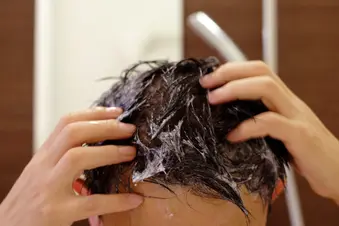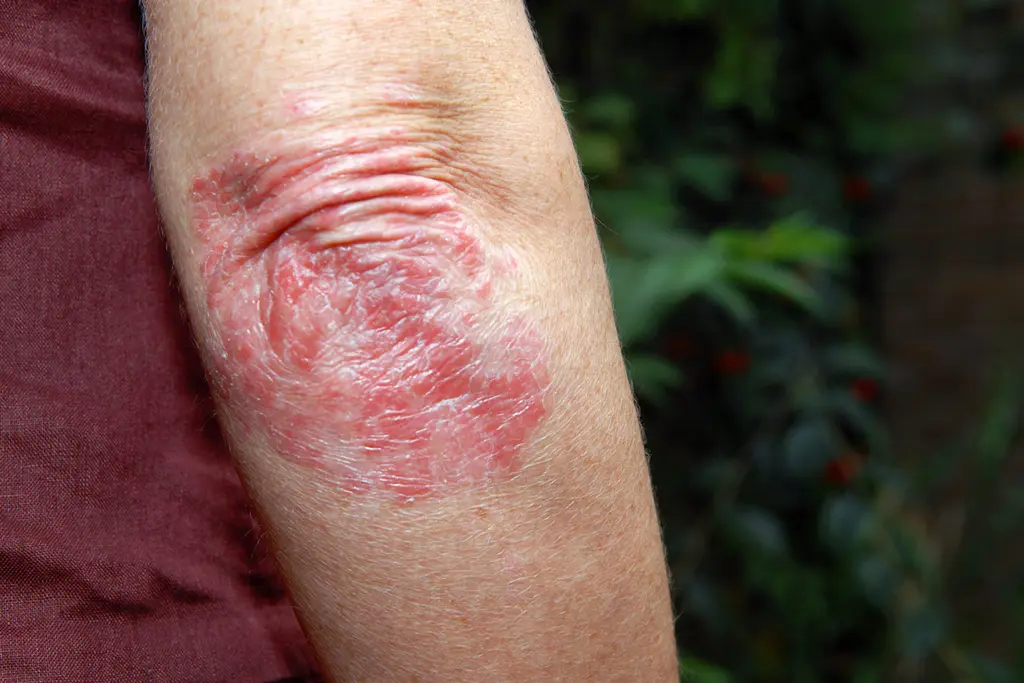
The most common -- and uncomfortable -- symptom of psoriasis is patches of thick, red skin. They’re often covered with white or silvery scales. You can remove these flakes.
Taking off the dead skin helps medications and ointments work better. It can also help you feel better about how you look. But you need to do it safely to avoid pain, infection, and bleeding.
1. Use an exfoliating acid. Applied to the skin, products with these acids work by weakening the bonds between skin cells. This causes the outer layer to shed, which softens and removes scales. You can buy creams, lotions, gels, ointments, foams, and shampoos with these acids. They’re available over the counter (OTC) or in stronger doses by prescription. Side effects include irritation, stinging, and burning.
Some used for psoriasis include:
Salicylic acid: Also found in acne medicines, it’s one of the most common treatments for psoriasis. By softening a protein in your skin called keratin, salicylic acid helps psoriasis scales come off faster. Make sure to follow your doctor’s orders when you apply it. If too much is absorbed into your body, it can cause health problems. You shouldn’t apply it to large areas of skin or leave it on for long periods of time. And children shouldn’t use products that contain it at all.
Alpha-hydroxy acids: This category includes glycolic and lactic acids. They may be as effective as salicylic acid, but gentler on the skin.
Urea: This thins and moisturizes the skin.
2. Consider coal tar. This smelly, sticky substance has been used to treat psoriasis for more than 100 years. Like exfoliating acids, it also causes you to shed the outer layer of dead skin. It can also reduce the inflammation and itching of psoriasis.
It comes in a variety of forms, such as soaps, creams, and lotions. Coal tar can stain your clothing. It also makes your skin more sensitive to sunlight. Studies show it works best in people who are also taking steroids for their skin.
3. Lock-in moisture. When you pick off dry scales, it can result in dots of blood. This is called pinpoint bleeding. To prevent it, you should first soften the dead skin with moisture before you pick it. Apply a heavy ointment or oil, such as vitamin E. Then cover the area with plastic wrap for a few hours or overnight.
Once the skin is loose, use a clean fingernail or tweezers to gently push away the scale. It should slide off easily. Don’t force it. Too much pressure can cause pain and bleeding. Find out more on the types of topical treatments for psoriasis.
4. Soak in the tub. Water softens and loosens dead skin, making it easier to remove. Take 15 minutes to sit in a bath. Because hot temperatures are drying, keep the water lukewarm. High amounts of magnesium in Dead Sea and Epsom salts helps gently slough off dead skin and get rid of redness caused by psoriasis. Avoid harsh or scented soaps, which can strip the skin’s natural oils.
After bathing, gently remove the skin with your fingers, tweezers, or wet washcloth. You can also use a pumice stone or nail file on very thick scales. But take extra care not to tear or damage the skin beneath. Then apply a moisturizing ointment, cream, or oil. Get more dos and don'ts tips on bathing with psoriasis.
5. Oil your scalp. Roughly half of people with psoriasis get scales on their scalp. Thick scales on your forehead, hairline, behind your ears, or on the back of your neck can be softened with coconut, olive, or peanut oil. Massage a small amount into your scalp, then put on a shower cap overnight, and shampoo in the morning. Repeat for two or three nights. The dead skin should soften and wash away.
You can use a comb to lift off the softened scale. Hold it almost flat, and gently move it in a circular motion. Don’t scrape your scalp. Read more on the different ways to treat scalp psoriasis.
6. Use a salicylic acid shampoo. Available by prescription and over the counter, this product helps break down scales. You may need to leave the shampoo on the scalp for about 5 minutes. Use as directed by the label. For some people, salicylic acid can cause temporary hair loss.
After using one, follow with a regular shampoo. This will make sure you get rid of any odd “medicine” smell and make your hair easier to style. Learn more about the types of shampoo used to treat psoriasis.
